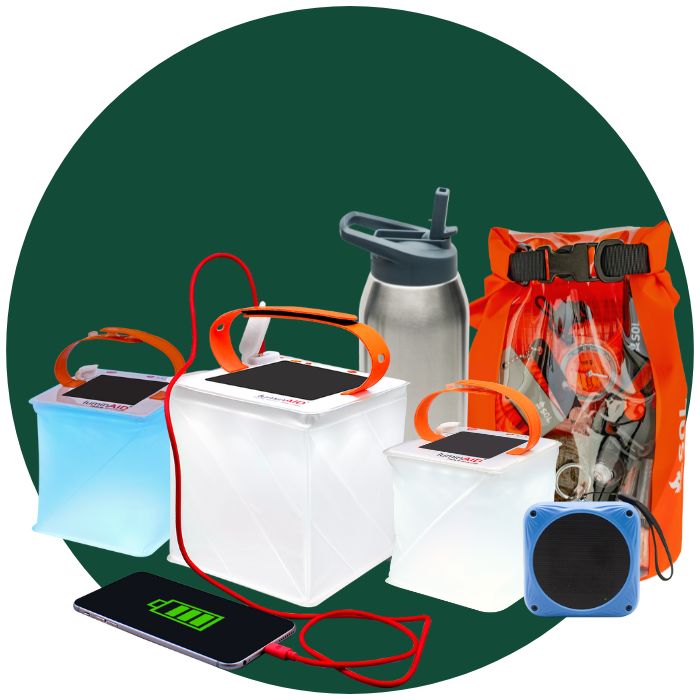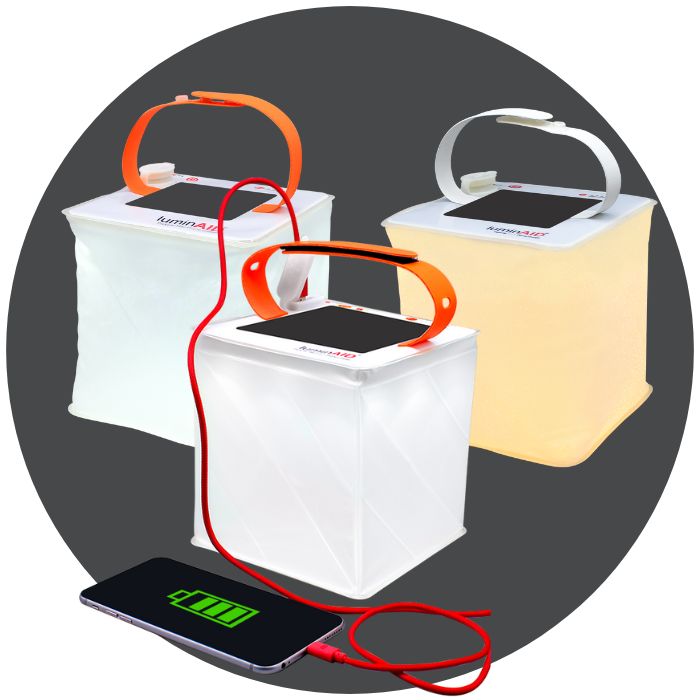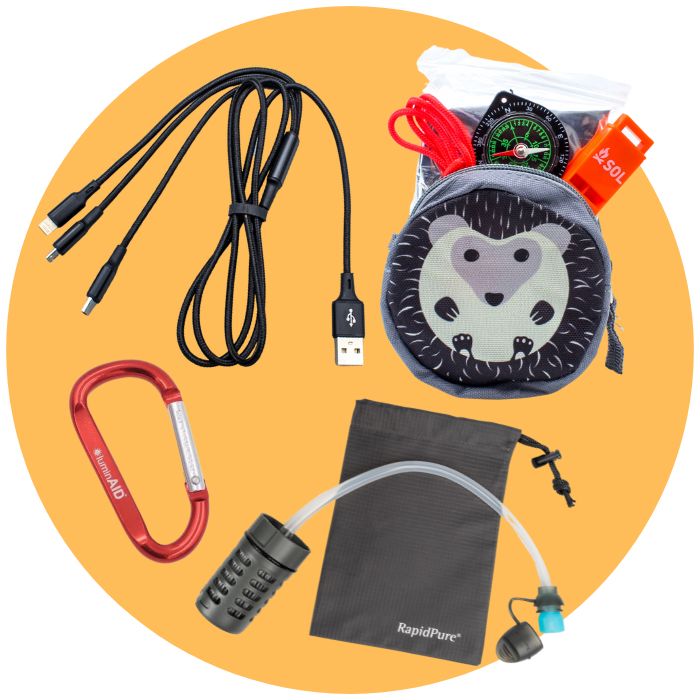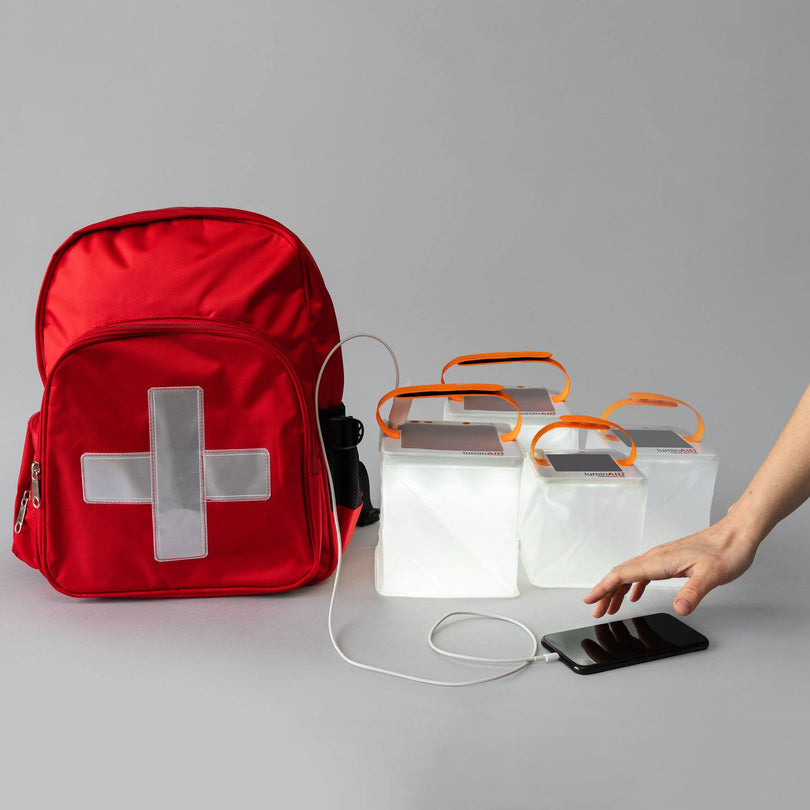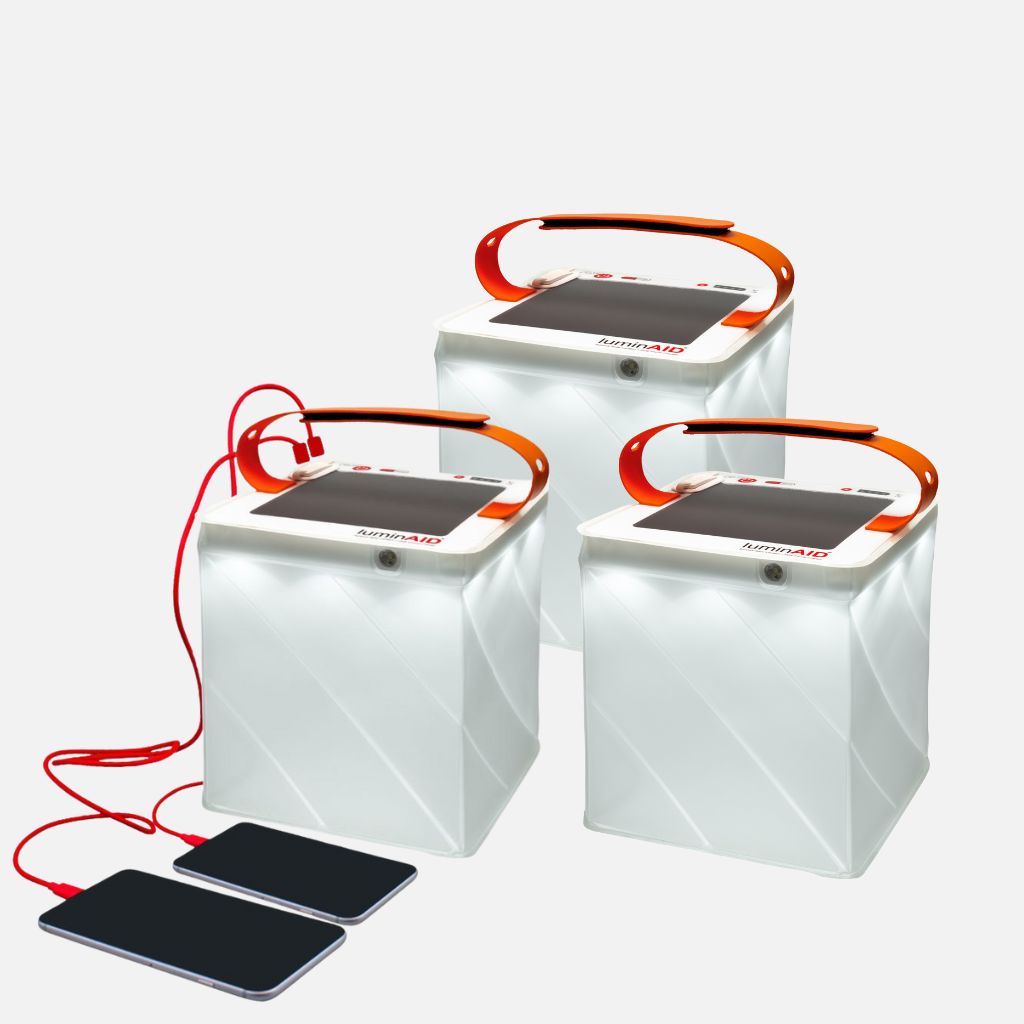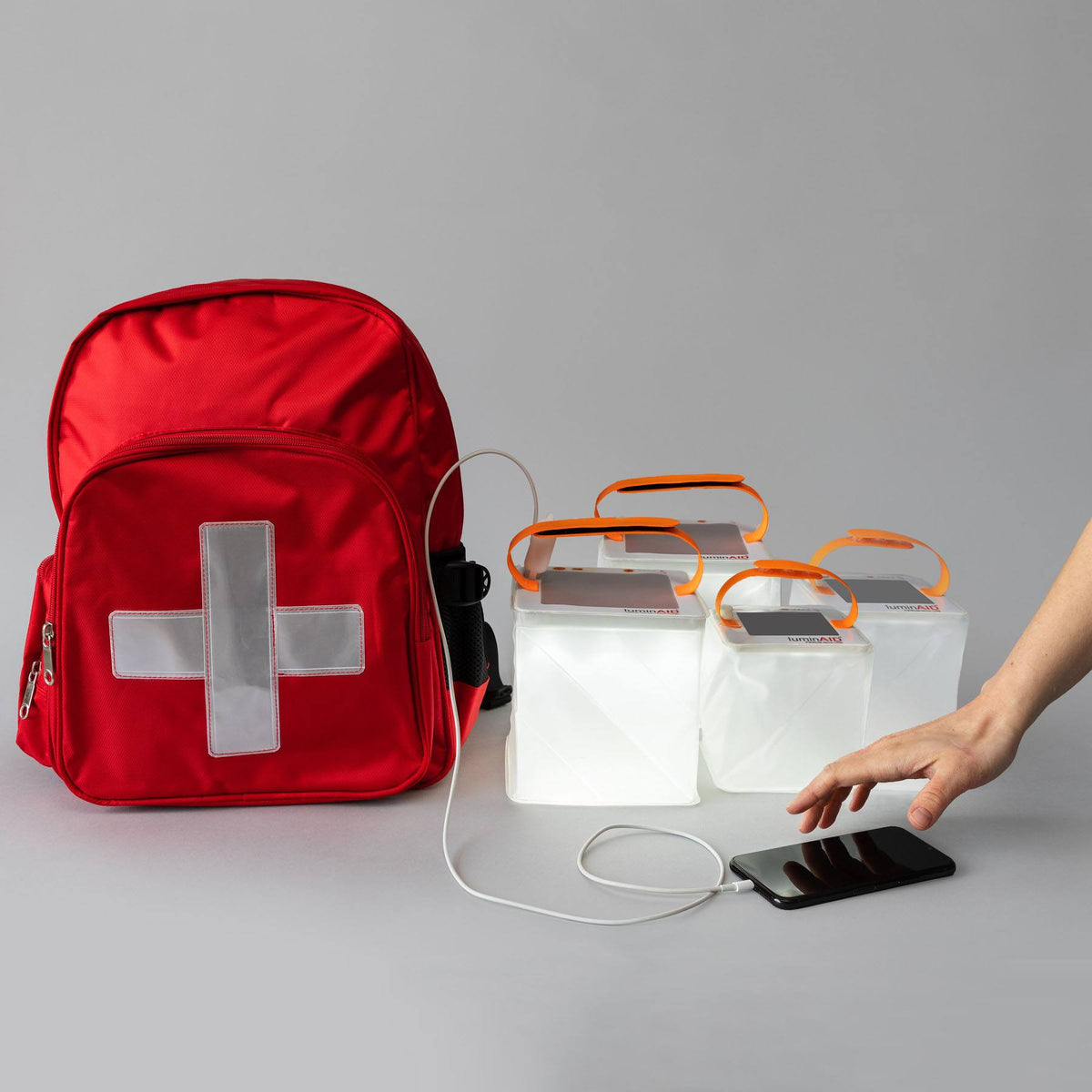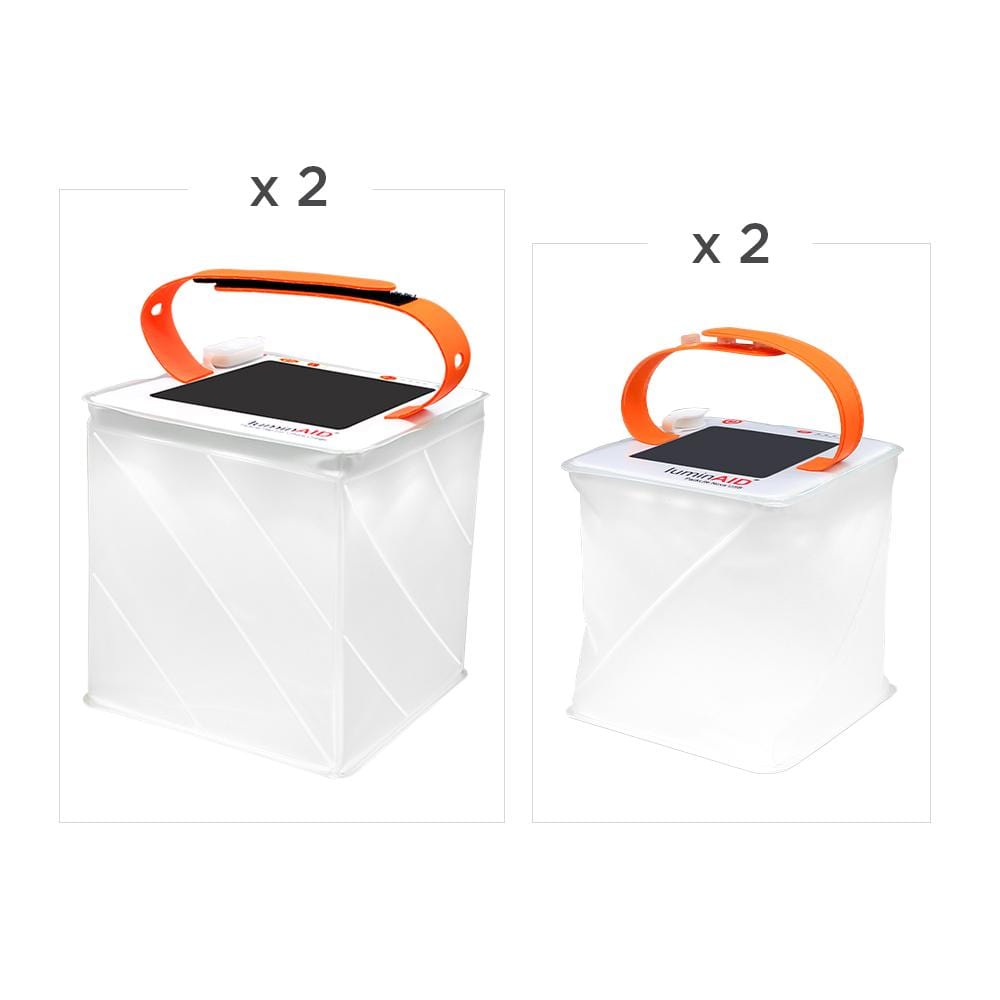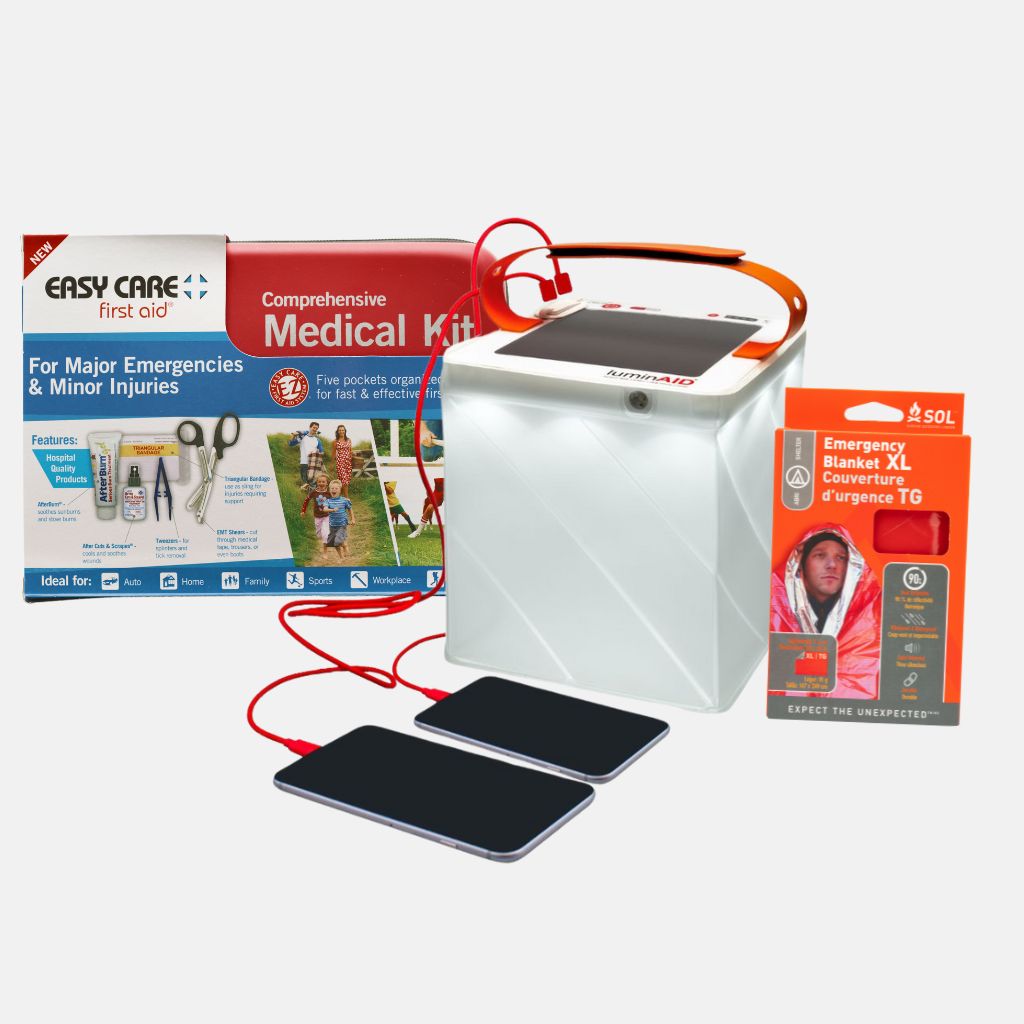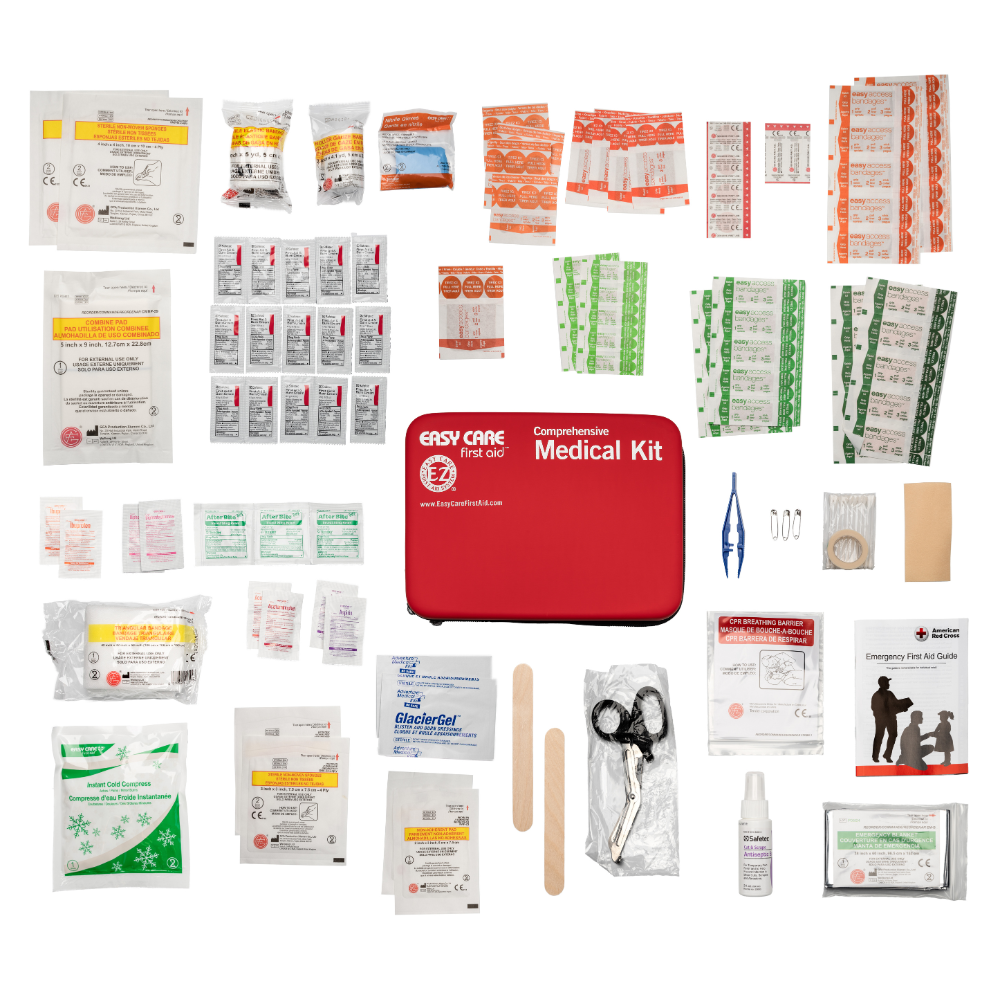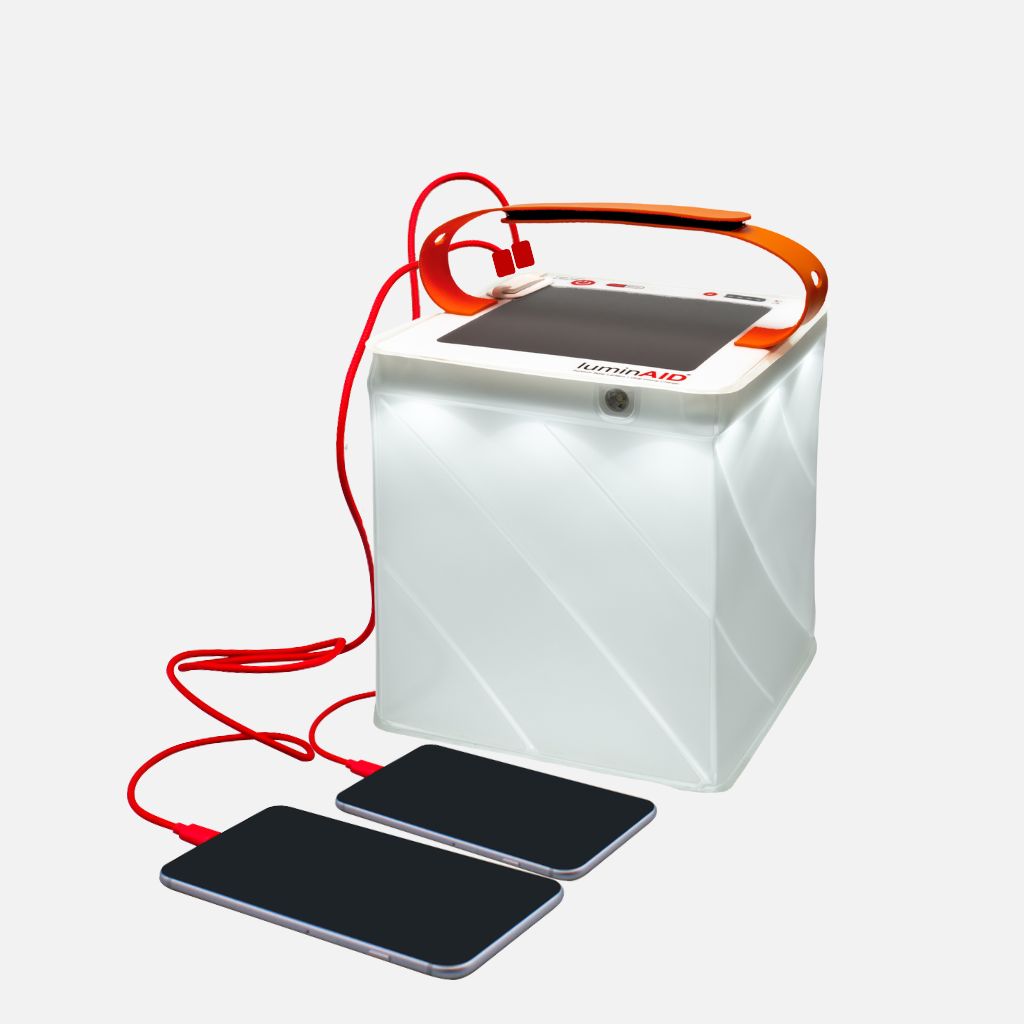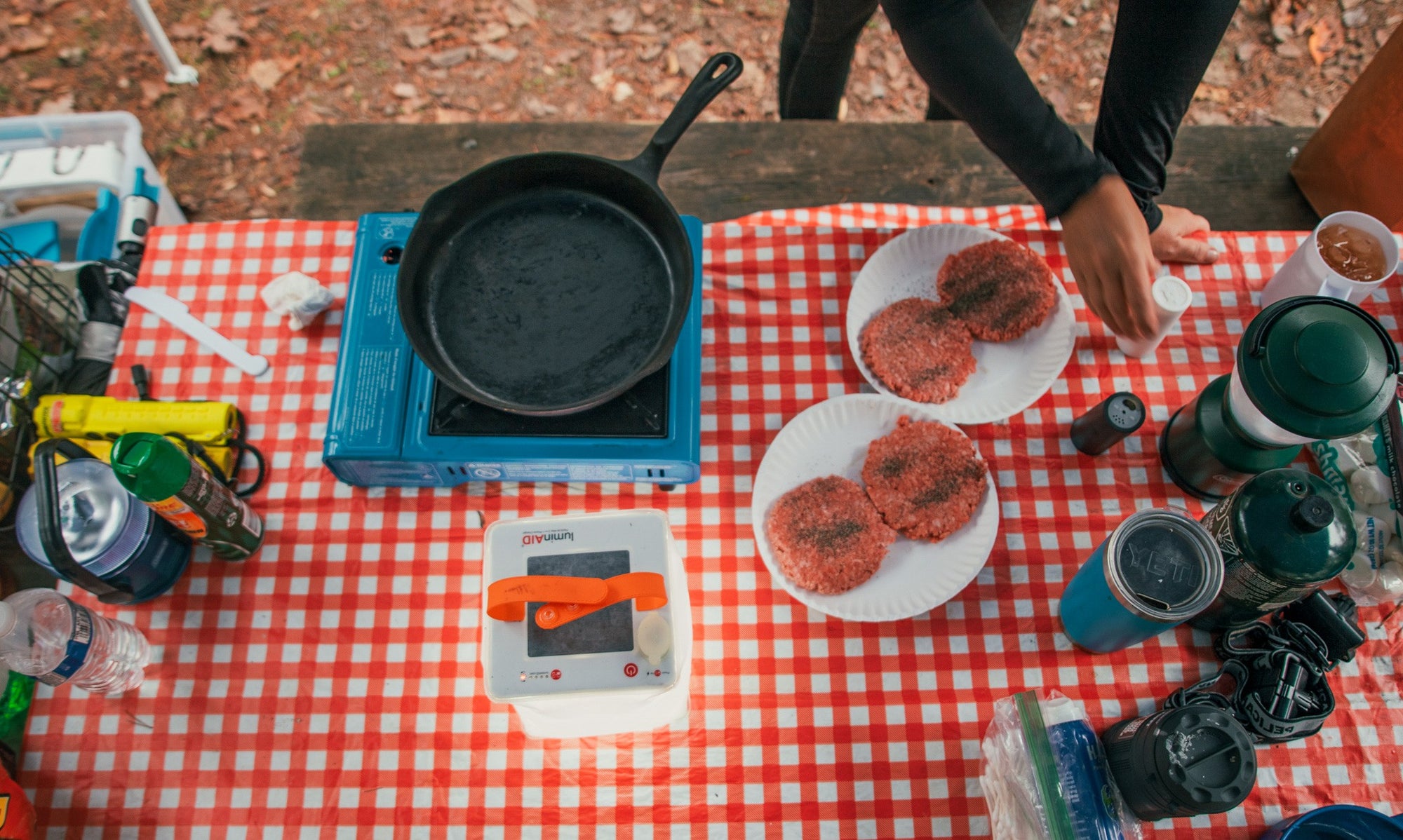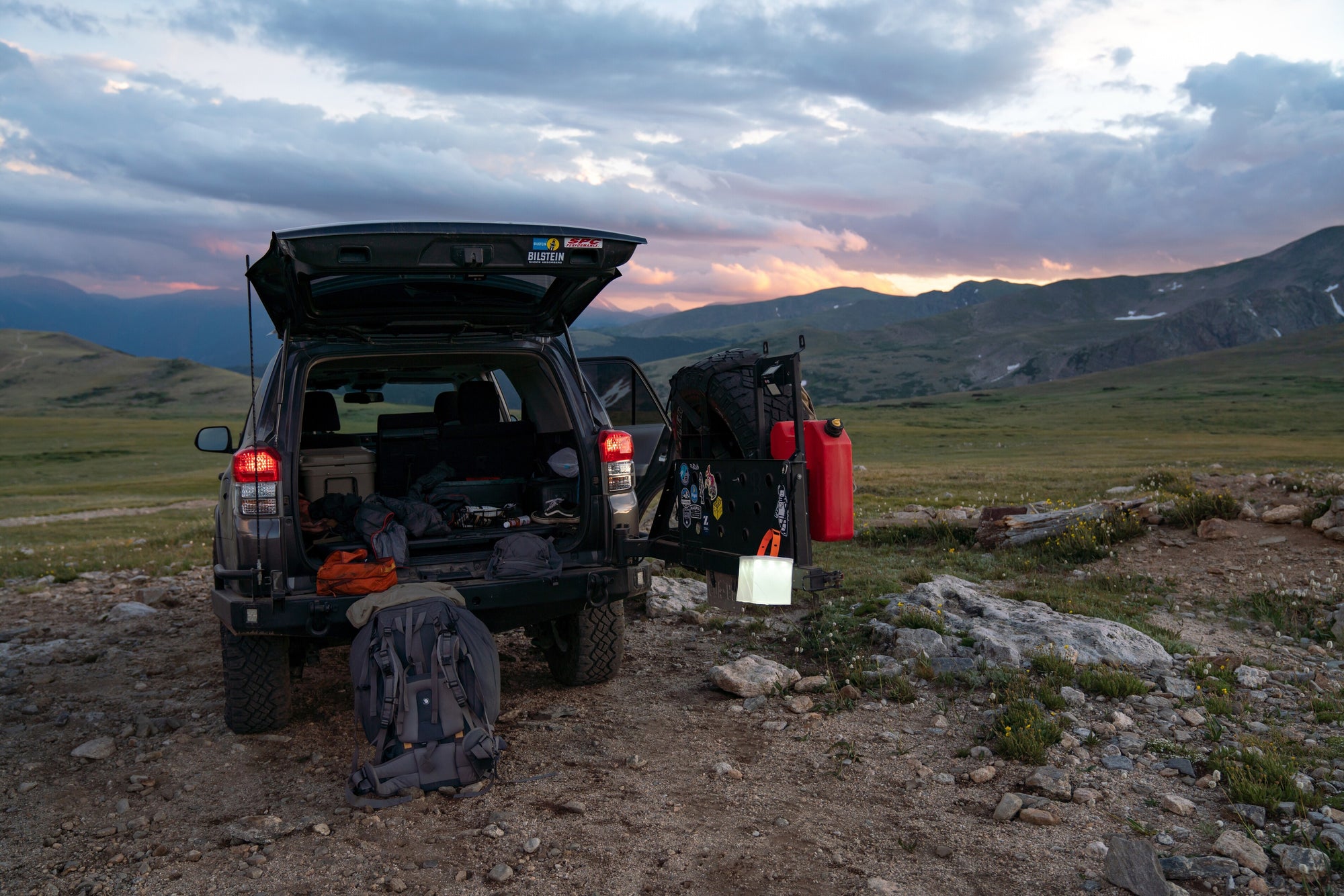How preppers choose food to stockpile
Preppers have criteria that they follow when they stockpile food for emergencies. These foods don’t have to be gourmet, but they need to be safe to store for long periods, can be eaten with minimal effort, and provide adequate nutrition. Long-term food storage is essential to prepping, and this survival guide gives you everything you need to know, from food safety to essential items.
Shelf life
You can only survive as long as your food can in an emergency. By stocking foods with long and indefinite shelf life, your only problem will be finding enough room to keep them.
Another tip to maximizing your food’s shelf life is understanding that the predetermined expiration date is more of a guideline for most foods. For example, man foods like cereal can be eaten up to 8 months after the “best if used by” date (they just won’t be peak quality).
Carbohydrates, proteins, and fats age differently. While carbs will remain mostly stable, proteins and fats can break down and spoil. With time, you’ll learn to look for the right signs of food spoilage and know when your food is safe.
Calories
When stocking your pantry, look for foods with the most calories per serving. Calorically-dense foods are key for survival since they provide the most bang for your buck in terms of energy. Foods like sugar and protein bars are lightweight and easy to store, yet pack a punch with a burst of energy.
You’ll also save space in your pantry and be able to fit more meals into your stockpile if you choose calorically dense foods.
Types of survival foods
Before disaster strikes, you'll want to have three main types of survival foods in your emergency pantry. They’re great options for long-term food storage when preserved properly in ideal conditions.
Pantry foods
Pantry foods refer to the base ingredients for all your recipes and other dried foods with a stable shelf life. If you have your pantry foods stocked, you’ll be able to make a wide variety of tasty and nutritious meals. Things like beans, honey, and rice are stable pantry food items and can last very long.

Canned foods
Commercially canned foods are cheap, easy to stock in bulk, and a favorite among preppers. If you’re feeling really ambitious, you can even can your own food and keep it for up to a year!
Canned food is a broad term, but there’s guaranteed to be something in it for you. Because there are many kinds of canned foods and methods to can your own food, their shelf life can vary from a few months to a few years.
Frozen foods
If you’re able to keep a freezer running in an emergency, it’s great to know that frozen foods remain safe indefinitely, even meat. The quality and taste may be lacking, but bacteria are unable to grow on frozen foods (so long as it is below 0º Fahrenheit).
Frozen foods are not to be confused with freeze-dried foods, however. Most freeze-dried food has a safe shelf life of up to 25 years or more and doesn’t have to be refrigerated to stay safe.
This is because freeze-drying foods removes up to 99% of their liquid content, preventing bacteria and microorganisms from growing in your food.
Best survival foods
Now that you know the basics preppers look for, here are our top picks for the best survival foods and why we put them on this list.
Kitchen essentials
No kitchen is complete without salt and sugar, and neither is your stockpile.
Pure salts without additives, such as pink Himalayan salt and sea salt, have an indefinite shelf life and many survival uses. You can use it to cure meat, extend your milk’s shelf life, and stay hydrated with sufficient electrolytes and minerals.
Some salts with additives, such as ionized salt, are still a good idea for shorter-term stockpiles that are often rotated, but be aware they only have half a shelf life of about 5 years due to the additives.
Having sweet treats is important to balance out the salty, savory meals from your salt cache. When stored properly, sugar has an indefinite shelf life and has more uses beyond baking. While brown sugar is also stable, it contains a lot of moisture, meaning the texture can change or turn into a rock-hard lump after about 2 years. This is still safe to eat but makes it less desirable than sugar.
Sugar can be used as a preservative in jams and jellies or as a key ingredient in comfort food. Medically, it can prevent Hypoglycemia and can be dressed around a wound to be used as an antibiotic.
Grains
Grains are a stable pantry good for several reasons: they are high in protein and nutritional value, they’re highly versatile, and most varieties can be stored for as long as 25 years if packaged in airtight, oxygen-free containers.
There are 2 primary grain groups: soft grains and hard grains. Soft grains include things like oats, rye, and quinoa. They are stable for about 8 years on average, but this can be increased to 20 years in ideal conditions.
Hard grains include buckwheat, corn, flax, mullet, wheat, and more. These grains can last from 12 years to 30 or more!
However, avoid grains with long processing methods, such as brown rice and barley. These processes can cause them to go bad after only 6 months.
Beans
Under the right conditions, dry beans can last more than 10 years! Beans and legumes are also bountiful in key nutrients, proteins, fibers, and calories and can create a variety of dishes.
Not all beans are created equal, however. Kidney, pinto, and black beans are the most common, making building a stockpile easy. They’re also packed with 15 grams of protein per cup – not bad for a pantry food item. When they’re combined with grains, they also provide complementary amino acids for a complete protein meal.
If you want to expand your options, split peas, garbanzo beans, and azuki beans are great for soups, dips, and curries and store well long-term. Just be aware that beans high in oil, such as soybeans, won’t last as long as their counterparts.

Honey
While honey maintains its peak quality for up to 12 months, it is safe to eat indefinitely, according to the USDA. This makes it an invaluable food item, but preppers often forget it’s also a great tool in your first-aid kit.
More effective than sugar, studies show that honey can be used as a wound dressing to promote quicker healing as it contains anti-bacterial and anti-oxidant properties. This may not be as effective as modern medicine, but it’s better than nothing in an emergency.
Nuts
Although the high-oil contents of nuts make storing them long-term difficult, their high levels of essential fats and proteins keep them on our list. Pistachios, almonds, peanuts, and pecans are a few of the many options available.
With numerous ways to process and preserve nuts, you can make them fit your pantry needs.
Protein bars
Protein is vital for survival, but keeping perishable proteins like milk and meat isn’t viable in most disaster situations. This is where protein bars are very important.
These protein-filled bite-sized snacks pack a punch, are one of the most calorically dense foods you can keep on hand, and are loaded with fiber and vitamins.
When kept refrigerated or in a cool, dark, and well-ventilated pantry, they can last up to a couple of months after their pre-determined best-by date. Just be sure to check them regularly for freshness and replace them as needed.
Dried produce
Most dried fruits can be stored for up to a year, and vegetables can last about half that. They can be packed in serving-size portions for each recipe for quick and easy meals and maximize the freshness of the food. For these reasons, dried foods are an essential item in any stockpile.
Canned products
Since commercially canned foods are generally safe to eat after long periods of time, they’re great options for preppers. According to the USDA, canned foods that are high in acid, such as tomato sauce, are safe to eat for up to 18 months, and low-acidity foods can last up to 5 years!
However, keep an eye out for bulging, leaking, or badly rusted cans – these can become contaminated with Clostridium botulinum and should be avoided at all costs. Botulism is the biggest danger concerning home canned goods if moist products are stored in low-oxygen packaging.
If you’re dry canning goods like crackers, wheat, and pasta, don’t forget to add oxygen absorbers to the mason jars to maximize longevity and freshness.

Spices
Long-term food storage doesn’t mean tasteless food. Enjoying your meal can provide great comfort in disasters and emergency situations. Herbs and spices can quickly transform your meals and can effortlessly be stored for long periods of time.
Ground spices can last 2 to 3 years, while whole-dried spices and herbs have a longer shelf life of 3 to 5 years. Store them in a cool, dark place, and preserve them in mason jars or vacuum-sealed bags if possible to extend their freshness.
They are safe to store in the freezer if they are in an airtight container, but you should avoid storing them in the fridge due to the higher humidity.
How preppers store food
Storing food long term looks different than what typical homeowners may be used to, unless you’re a homesteader. Stockpiling food can require strategy and work to ensure everything is accounted for and doesn’t spoil. Here, we’ll show you how this is done using 2 main strategies.
Containers
The container material and quality can make or break your pantry. If your container allows moisture or air to enter, your food could spoil unexpectedly.
You’ve probably heard mason jars are the holy grail in food prepping, and for good reason. They’re popular for canning food and general food storage because glass is an effective pest and moisture barrier.
Not packing your food properly can also cause your pantry to fail. To keep them dry, you should wrap cookies, crackers, and dry foods in plastic bags inside an airtight container. Similarly, store your loose powers and sugars, nuts, and fruits in secure containers to protect them from pests.
Other popular container options are 5-gallon buckets for bulk foods and mylar bags to block out light, moisture, and oxygen (with oxygen absorbers). Dedicated water storage containers should also be in your stockpile.
Labeling
Labeling your foods before storage is a surefire way to protect yourself against spoiled and forgotten goods, which can be detrimental in an emergency. Label all your foods with their purchase date and expiration date. If you can your own food, label the container with the name of the food and the date it was canned.
Ready-made survival buckets and kits
Emergency food buckets, also known as survival food buckets, may seem like a quick and easy way to build a stockpile of food. However, you often pay for convenience over quality, taste, and nutritional value.
With just a little planning, you can create a tastier and healthier survival bucket for a fraction of the price.
Best food storage practices
You should use the First In, First Out, or FIFO method when storing food. It’s an efficient way to rotate your food, ensuring nothing expires. It can keep your pantry free of spoiled foods by preventing older food from being shoved to the back, where it will be forgotten. Since you’ll also label your foods, FIFO is an unbeatable practice.
Build your survival pantry in a cool, dark place like a dry basement, laundry room, or closet if possible. If you’re limited on space, don’t be scared to get creative with your pantry!
Unfortunately, receiving your necessary daily vitamin intake can be hard using only shelf-stable foods. Keeping a stockpile of vitamins with your food is good practice to supplement any missing vitamins and nutrients.
Final thoughts
With strategic planning and a little time, you can start building your long-term food storage pantry using everyday groceries. Many foods have a longer shelf life than what we’re led to believe, and many more foods can easily be prepared to store long-term. Become familiar with your pantry, build a FIFO system you can follow, and get creative with your stockpile. You never know when disaster will strike, but now you have everything you need to know to stay fueled.

